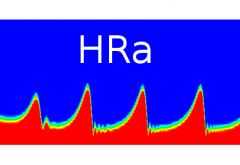„Ihr müsst das Gold heraussieben!“, sagt der Jazz-Coach Brent Vaartstra zu seinen Schülern. („You have to sift the gold!“) Man muss selbst entscheiden, welcher Ratschlag oder Kurs am besten für einen gerade ist. Worauf man im Augenblick die meiste Mühe verwenden will, sich zu verbessern. Vieles mag noch zu schwierig sein, mehr Zeit brauchen oder nur in kleinen Schritten zu erreichen sein.
Seit 2007 mache ich wieder mehr Musik, auf Saxophon, Klavier und Klarinette. Mal habe ich mehr Zeit, mal sind andere Dinge wichtiger. So ist das Leben. Ich bin froh, dass ich Gehörbildung mache. Ich bin noch nicht sehr weit, aber immerhin kann ich Intervalle erkennen. In Darmstadt spielte ich in Workshop Bands, in Paderborn habe ich gerade Zeit für Saxophon-Unterricht.
Die Frage ist, ob wohlgesetzte Töne Probleme lösen können. Direkt wohl eher nicht, aber man fühlt sich entspannter und optimistischer, was sicherlich hilfreich ist. Die Kunst macht unsere Welt schöner.
